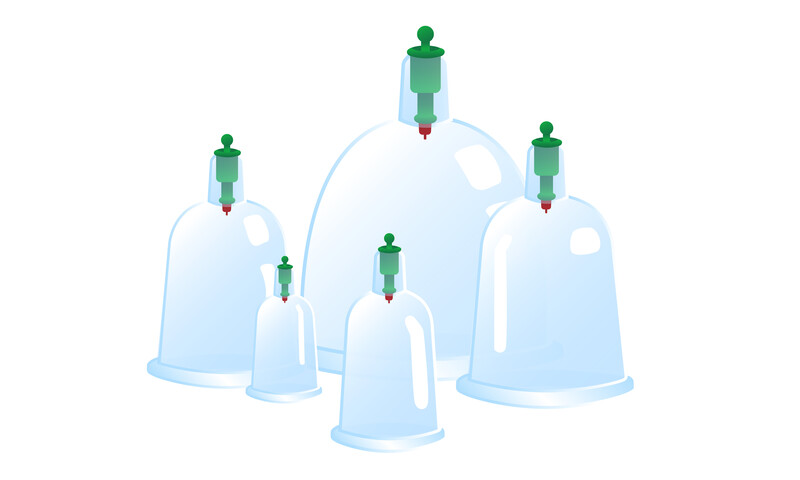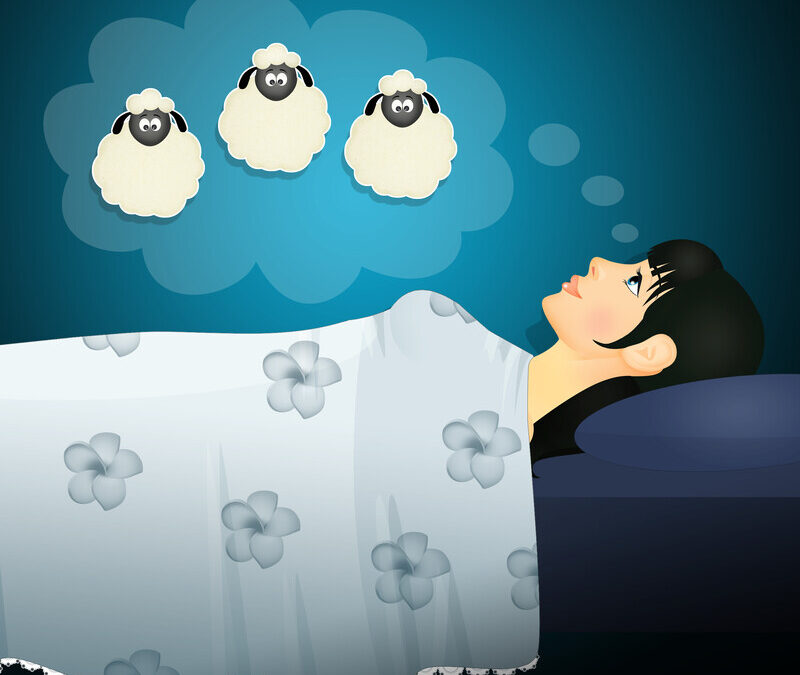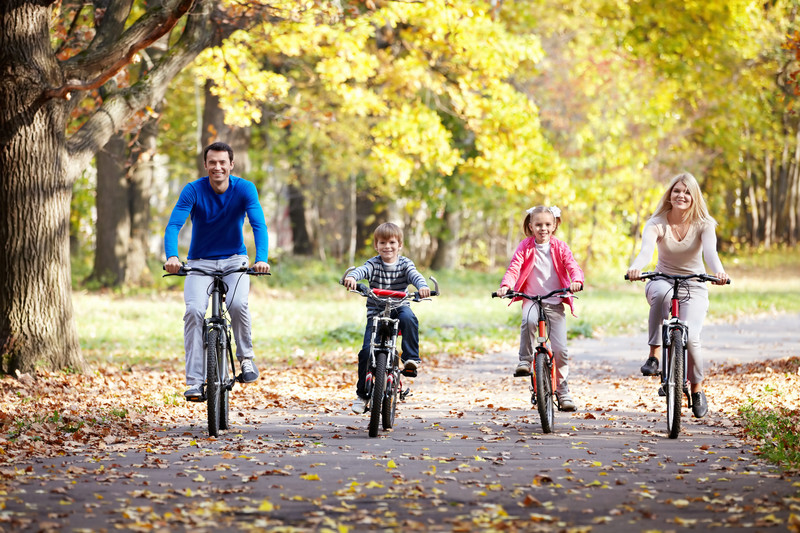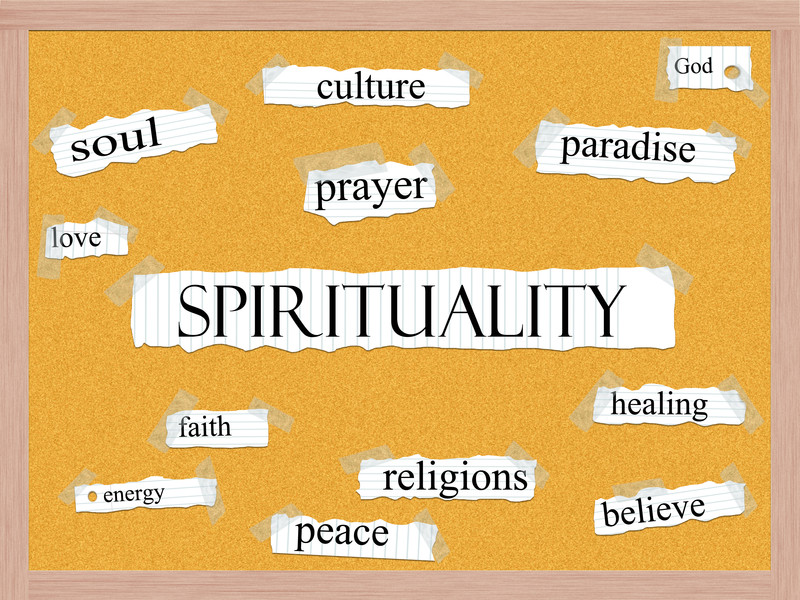
While conditions such as heart disease, cancer, and diabetes tend to garner the news headlines on a regular basis, many people would be surprised to know that the U.S. Department of Health & Human Services (DHHS) reports that chronic pain affects more people than all of those conditions combined (1). In fact, DHHS states that pain is the most common reason people access the health care system. It is important for those with chronic pain to know that they do have options beyond taking medications. There are natural approaches to pain management that are available to them that they can begin at any time.
Managing Stress
Chronic stress, which is there daily, is the type that becomes debilitating, as the person gets used to it being a part of their life. Many people who experience chronic stress do not realize that it is a part of their life, yet it takes a toll on their body. The chronic stress can have a negative impact on the person’s mind and body. This happens because stress can trigger muscle tension and creates a chemical change in the body, which can activate damaged and irritated nerves.
As I work with my patients, I try to show them the importance of managing the stress in their lives, which will in turn reduce muscle tension, nerve activation, and pain. The first step in being able to reduce stress is to recognize what it is and how it impacts your behavior. Many people have not yet done that. People handle stress differently, with some turning to eating or smoking when they feel stressed, while others may lose sleep, bite their nails, or turn to alcohol to help cope.
Reducing Stress
According to the National Institutes of Health (NIH), relaxation techniques are used with a common goal of relaxing the person, and increasing the feelings of well being (2). They include a variety of options, such as self-hypnosis, progressive relaxation, and biofeedback-assisted relaxation, among others. If you are new to trying these exercises, try picking one or two to start with and see how it goes. You can always add in others and try various ones until you find what you enjoy and what works for you. Here are some of the more common relaxation techniques and the basics of how to get started doing them:
- Meditation. You don’t have to be a monk to practice daily meditation, and there are brain benefits of doing so regularly. A May 2015 report in the journal Radiological Technology, found that stress is becoming endemic, or common, and that meditation is a potential remedy to it (3). They suggest that meditation may help improve quality of life and has beneficial effects on the mind, body, and emotions. Additionally, a May 2015 study in the Journal of Psychosocial Nursing and Mental Health Services reports the evidence regarding the effectiveness of mindfulness meditation, citing that studies have provided evidence that meditation can lead to changes in one’s memory, empathy, sense of self, and stress (4). Further, they recommend that mindfulness meditation for those suffering from such things as chronic pain, depression, anxiety, etc. The April 2015 issue of Behavioral Medicine also reports that spiritual meditation helps to reduce the frequency of migraines and the psychological reaction to stress (5). The NIH reports that meditation may physically change the brain and body, which may help improve health, including helping with chronic pain. A simple way to get started with mindfulness meditation is to carve out even 5-10 minutes per day, and finding a quiet location to do it. You can sit comfortably, or lay down if you prefer. Close your eyes, and for the duration simply focus on your breathing. Don’t try to speed it up or slow it down, but just concentrate on it as it is. Your mind will wander, and that’s okay. Don’t force thoughts, push them away, or judge them. Just let them come and go in a relaxed manner, always returning to focus on your breathing.
- Tai Chi and Yoga. Both of these mind-body practices offer benefits and are easy for most people to engage in. But they can also help reduce stress, according to a December 2014 study in the journal Current Oncology Reports (6). The authors report that mind-body techniques, such as yoga, tai chi, and qigong have been found to lower distress, and also lead to an improvement in quality of life. Similarly, in the April 2015 issue of the Journal of Evidence-Based Complimentary & Alternative Medicine, the authors report that tai chi offers promising results in helping to reduce anxiety, which has become a global public health problem (7). Many senior citizen, health clubs, and community centers offer classes in tai chi, yoga, and qigong. If you feel more comfortable doing it at home, you can also find videos on YouTube that you can follow, or DVDs that you can purchase and follow along with.
- Journaling. For those who regularly journal, they know first hand the benefits it can provide. When you feel you are stressed, if you take the time to write about it you will usually feel better once you are finished. It helps to get the feelings out. This idea is backed up by a study issued in the Journal of Medical Practice Management in January-February 2010, in which the authors report that journaling can help people pinpoint their stressors and stress responses (8). Journaling is a simple step to take that only requires a notebook of any kind. Take a few minutes to write your journal each day, whether it is to share things that have upset you, made you happy, or that just come to mind. This outlet can provide you with a tool you can use anywhere, taking the notebook in your bag when you leave home.
- Spending time in nature. Increasingly, people are spending less time in nature, yet doing so comes with a host of health benefits, including that it helps to reduce stress. The American Public Health Association reports that the benefits of spending time in nature include lower rates of heart disease, stroke, obesity, stress, and depression. The authors also report that spending time in nature helps people to better cope with stressful events (9). This is a great reason to take up gardening, walk through the park, hike, or visit the beach.
- Deep breathing. This type of relaxation exercise can be done anywhere and at any time. You simple focus on taking even breaths that are slow and deep. Try to make your exhale longer than your inhale breath, taking the breaths from the abdomen, so that it involves a complete exchange of the oxygen. Doing that for just a couple of minutes will help to create a relaxing feeling. It is ideal to do these twice per day, as well as when you are feeling a lot of stress or pain.
- Progressive Muscle Relaxation (PMR). When people are feeling stressed they often tense their muscles, which may add to the chronic pain you are experiencing. This relaxation technique is beneficial to helping to relax your muscles. To engage in PMR, first take a minute or two to do deep breathing and begin to relax. Then, you are going to tense up various areas of your body at a time, holding the tension for five seconds each. You don’t want this to hurt, but you do want to feel that the muscle is tense. Do each area of your body, such as right hand and arm, left hand and arm, forehead, mouth and jaw, neck, shoulders, hips, legs, etc. Make sure you cover each individual muscle group, holding it tense for five seconds each time, and then gently releasing the tension. Once you have done this with each area of the body, sit for a minute or two and do deep breathing again. By practicing this regularly, you will become more aware of your muscles, tension, and when your body is feeling stressed, as well as how to help your muscles to relax.
There are many ways and methods that you can use to help reduce the stress in your life. Some people engage in reading, while others color. There is even a full line of adult coloring books that have come on the market, because so many adults find that it helps them to relax and reduce stress. Others engage in breathing exercises or take up jogging. The NIH recommends several ways that can also help reduce stress, including changing your outlook, exercising regularly, doing things you enjoy, spending time with those you love, eating healthy, and getting 7 to 9 hours of sleep each night (10).
No matter what you do to address the problem, it’s important to take some kind of steps to reduce the stress in your life. Find the activity that you are willing to do and then do it regularly. If you stick with it, there is a good chance it will help you, as I’ve seen it provide benefits to numerous patients I have worked with.
Resilience Matters
Although reducing stress is essential when it comes to helping manage chronic pain, it also goes hand-in-hand with resilience. According to the American Psychological Association, resilience is the process of adapting well following adversity, trauma, and other sources of significant stress (11). In other words, it’s how someone does at coping with and bouncing back from stress. When people experience significantly stressful situations they will either hang onto that, making it last longer, or they will be more resilient and get back to living their life to the fullest.
The good news is that people can learn to become more resilient. When someone becomes more resilient, they will be choosing to turn off or minimize the amount of stress they are feeling due to that life event, and therefore also have a better chance at reducing the pain being produced by that stress. Not everyone responds to situations in the same way, but resilience is something that people can learn and get better at.
There are numerous ways that people can go about becoming more resilient. Some of these include making meaningful connections. According to the APA, it is important to have close connections to family or friends, because it will help you become more resilient as they provide support, help, and listen to you (12). Even if you don’t live around family or close friends, you can make these connections by joining an organization of interest, attending a worship service, or seeking out and joining an active group where you share a common interest. There are even people who have benefited from taking an online course in mind-body skills, according to a study in the March 2015 issue of Journal of Evidence-Based Complimentary & Alternative Medicine (13). They studied the effects of a 1-hour online mind-body skills training class, and reported that the course is associated with acute improvements in stress, mindfulness, empathy, and resilience.
Focusing on Gratitude
One of the most beneficial things you can do in life is to become more optimistic and to see the good in your life. When you change your thoughts, you can change your mind, as the old saying goes. When you are optimistic you feel more confident about yourself and your abilities, you will be more likely to seek out beneficial ways to improve your situation, and you will become better at coping with what life brings your way. Even taking an attitude that pain won’t stop you and that you have accepted it can be beneficial, according to a study reported in the October 2014 issue of the Journal of Pediatric Psychology (14). They report that higher levels of pain self-efficacy and pain acceptance are associated with the person having a more positive outcome.
A lot that has to do with how resilient we are comes from our outlook on life and whether we are optimistic or negative. Do you see the glass half full, or half empty, and similar types of thoughts. Do you assume that things will go wrong if they can, or do you believe in the good and in things going right? It’s important when reducing stress and becoming more resilient to work on being more optimistic. You can even make a goal to do this, by catching yourself each time you find that you are being pessimistic or assuming the worst. Immediately change your thoughts and try to concentrate on the positives.
Practicing gratitude on a daily basis can also be beneficial in building more resilience. A study in the February 2012 journal Emotion reported that everyday positive emotions may be potent factors in resilience during periods of chronic stress (15). When you are experiencing chronic pain and/or stress, it may seem difficult to imagine yourself focusing on all that you are grateful for in your life. But as the study suggests, if you do, you are likely to gain benefits that help you to become more resilient, thus helping to better manage the conditions you are experiencing.
Practicing gratitude can be as simple as starting every morning by naming three things you are grateful for, keeping a gratitude journal where you write down things daily that you are grateful for, or also writing a letter to someone in your life that you are grateful for, and reading or giving it to them. Additionally, you can go through each day looking for things to be grateful for, whether it’s taking a walk around the block, or visiting with a friend. You can really challenge yourself by taking a gratitude inventory, where you write down 50 or 100 things in your life that you are grateful for. If you work on training your brain to see the good each day, you will help yourself to become more resilient.
Giving Your All
Changing our habits is difficult, but push yourself to take on one stress management exercise, and one resilience or gratitude building exercise, and do them every day for a month. I think that is enough time for you to already see a change. Hopefully that change will motivate you to keep going. This kind of work is less tangible than taking a pill or getting a nerve block, but I have seen many skeptical people gain relief from pain by adopting some of these practices.
For most people, these practices represent a change that they may not be comfortable making or want to put in the effort to do. If you are willing to put forth the effort to reduce the stress in your life and become more resilient, then there is a good chance you will reap the benefits. The bottom line is that reducing the stress in your life and becoming more resilient has many benefits. Create a routine, where you engage daily in some type of stress-reducing and resilience-building







